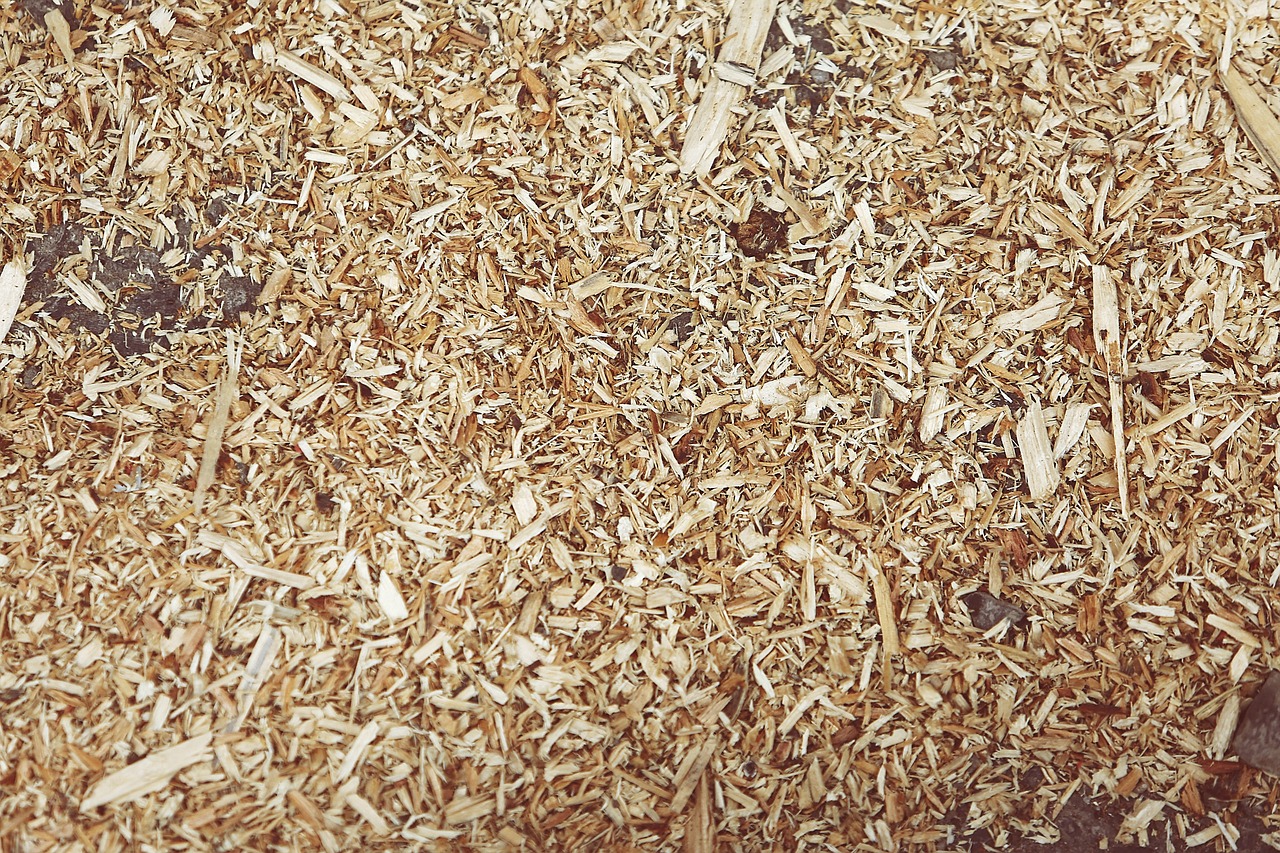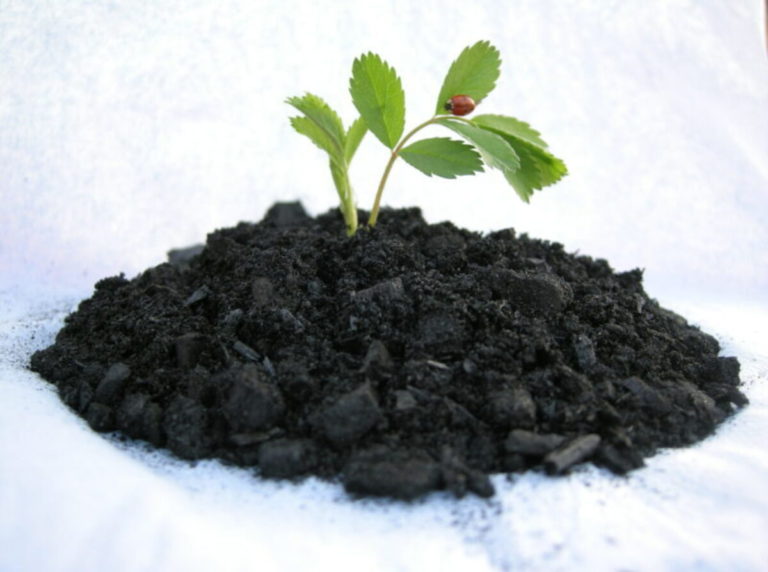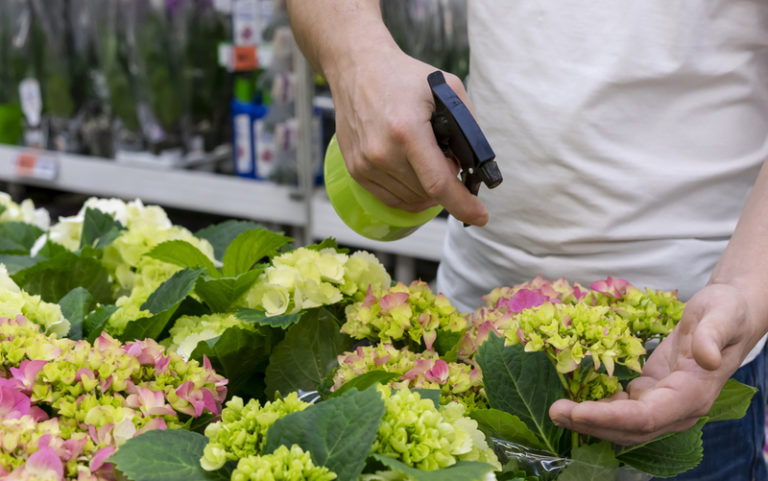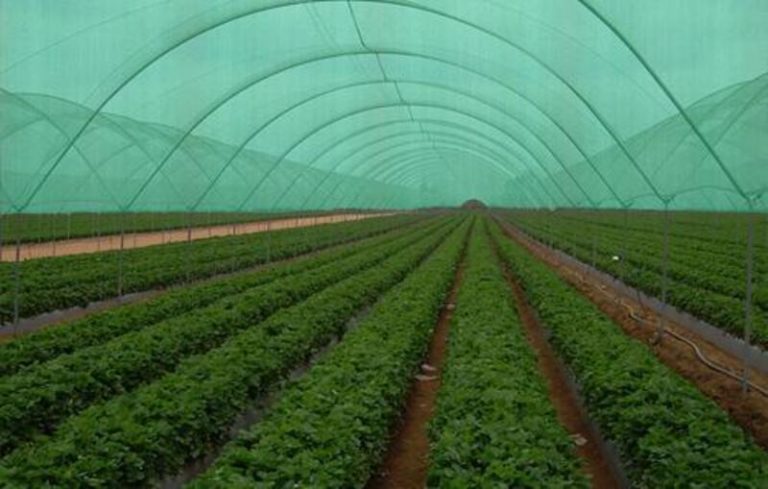The Benefits of Mulch: How to Choose, Apply, and Maintain for a Thriving Garden
Mulch is a layer of material that is applied to the soil surface around plants. It is a valuable tool for gardeners because of the many benefits it provides.
In this article, we will explore the benefits of using mulch in gardening, the different types of mulch available, how to choose the right type of mulch, and how to apply and maintain mulch in your garden.
Benefits of Using Mulch in Gardening
Mulch has been a staple among gardeners for hundreds of years because it serves many purposes and promotes the growth and health of gardens. Here are some of the top benefits of using mulch in your gardening:
- Moisture Retention: One of the best things about mulch is that it helps keep the soil moist. By putting a layer of mulch on the soil, you can stop water from evaporating and help the soil hold more water. This is especially important in areas with hot, dry climates or during times of drought. Mulch also helps to regulate soil temperature, which can further reduce water loss.
- Weed Control: Another major benefit of mulch is its ability to suppress weed growth. By creating a barrier between the soil and sunlight, mulch can prevent weed seeds from germinating and growing. This means less time and effort spent weeding and more time enjoying your garden.
- Soil Insulation: Mulch can also help to insulate the soil, protecting plant roots from extreme temperatures. In the winter, mulch can help to keep the soil warmer, while in the summer, it can keep the soil cooler. This can help to prevent root damage and promote healthy plant growth.
- Nutrient Retention: Mulch can help to retain important nutrients in the soil, including nitrogen, phosphorus, and potassium. As the mulch breaks down, it releases these nutrients back into the soil, providing important food for your plants.
- Improved Soil Health: Mulch can also improve the overall health of your soil by promoting the growth of beneficial microorganisms. These microorganisms help to break down organic matter and release nutrients into the soil, making them more available to plants. This can improve soil structure, water retention, and nutrient uptake, leading to healthier, more productive plants.
- Erosion Prevention: Finally, mulch can help to prevent soil erosion by holding the soil in place during heavy rain or wind. This is especially important on slopes or in areas with loose, sandy soil.
With so many benefits, it’s clear that mulch is a valuable tool for any gardener. When choosing mulch, consider factors such as climate, soil type, and plant type to ensure that you choose the right material for your specific needs. By applying and maintaining mulch correctly, you can enjoy a healthy, thriving garden with minimal effort.
Types of Mulch:
Mulch is a valuable tool for promoting healthy gardens and comes in a variety of types. The choice of mulch will depend on the specific needs of your garden, such as climate, soil type, plant type, and cost. Here are some of the most common types of mulch:
- Organic Mulch: Organic mulch is made from natural materials such as leaves, straw, grass clippings, wood chips, and bark. It provides many benefits to the soil, including retaining moisture, suppressing weed growth, and improving soil structure. Organic mulch can be further classified based on the type of material used, such as shredded leaves, pine straw, or compost.
- Inorganic Mulch: Inorganic mulch is made from materials that do not decompose, such as stones, gravel, and plastic sheeting. It is often used in areas where erosion is a problem or where a long-lasting solution is needed. Inorganic mulch does not provide the same benefits to the soil as organic mulch, but it can still be effective in certain situations.
- Pine Bark Mulch: Pine bark mulch is made from the bark of pine trees and is a popular choice for gardeners. It has a natural, attractive appearance and is effective in retaining moisture and suppressing weed growth. Pine bark mulch is also long-lasting, which makes it a good choice for areas where you don’t want to have to replace the mulch frequently.
- Grass Clippings: Grass clippings can be used as a mulch by simply spreading them over the soil around plants. They are a good source of nitrogen, which makes them an excellent choice for vegetable gardens. However, they can also contain weed seeds, so it’s important to make sure they are free of weeds before using them.
- Straw: Straw is another popular organic mulch that is effective in retaining moisture and suppressing weed growth. It also breaks down slowly, which means you won’t have to replace it as frequently. Straw can be used in vegetable gardens, around trees and shrubs, and in flower beds.
- Stone Mulch: Stone mulch is an inorganic option that is long-lasting and effective in preventing erosion. It does not provide any nutrients to the soil, but it can be a good choice for areas where you want a low-maintenance solution.
These are just a few examples of the many types of mulch available to gardeners. By understanding the benefits and drawbacks of each type, you can choose the best mulch for your specific gardening needs.
Choosing the Right Type of Mulch
Choosing the right type of mulch is crucial for achieving the desired results in your garden. Here are some factors to consider when selecting the type of mulch that will work best for your garden:
- Purpose: The first thing to consider is the purpose of the mulch. Are you using it to retain moisture in the soil, suppress weed growth, regulate soil temperature, or add nutrients to the soil? Different types of mulch serve different purposes, so it’s important to select the one that will address your specific needs.
- Climate: Consider the climate in your area when selecting mulch. For example, in areas with hot, dry climates, you may want to use a mulch that retains moisture in the soil, such as wood chips or straw. In cooler climates, you may want to use a mulch that helps regulate soil temperature, such as black plastic.
- Soil Type: Soil type is another important factor to consider. If you have sandy soil that drains quickly, you may want to use a mulch that helps retain moisture, such as compost or pine straw. If you have heavy clay soil, you may want to use a mulch that helps improve soil structure, such as wood chips.
- Plant Type: Consider the type of plants you are growing when selecting mulch. For example, some plants, such as vegetables, benefit from the nutrient-rich organic mulch, while others, such as succulents, may do better with an inorganic mulch, like rocks or pebbles.
- Cost: Finally, consider the cost of the mulch. Some types of mulch, such as wood chips, can be expensive, while others, such as grass clippings, may be free. Determine how much you are willing to spend on mulch and select the type that fits within your budget.
Choosing the right type of mulch is essential for maintaining a healthy and thriving garden. By considering factors such as purpose, climate, soil type, plant type, and cost, you can select the best mulch for your garden’s specific needs.
Applying and Maintaining Mulch
After selecting the right type of mulch for your garden, it’s important to know how to properly apply and maintain it to maximize its benefits. Here are some tips for applying and maintaining mulch:
- Apply the Right Amount: When applying mulch, it’s important to use the right amount. Generally, a layer of 2-3 inches is sufficient for most types of mulch. Using too little mulch will not provide the desired benefits, while using too much can suffocate plants and lead to excess moisture in the soil.
- Prepare the Soil: Before applying mulch, prepare the soil by removing any weeds or debris and loosening the top layer of soil. This will help the mulch to adhere better to the soil and prevent weed growth.
- Apply Mulch Around Plants: Apply the mulch around the base of plants, making sure to leave a small gap between the mulch and the plant stem. This will help prevent fungal diseases and insect infestations that can occur if the mulch is in direct contact with the plant.
- Water After Application: After applying mulch, water the area well. This will help the mulch to settle and adhere to the soil, preventing it from blowing away.
- Maintain Mulch: Mulch should be maintained regularly to ensure it continues to provide the desired benefits. Remove any weeds that may grow through the mulch, and periodically check the thickness of the layer. If the layer becomes too thin, add more mulch as needed.
- Replace Mulch as Needed: Over time, mulch will decompose and break down, so it’s important to replace it as needed. Generally, mulch should be replaced every 1-2 years, depending on the type of mulch and the conditions in your garden.
By following these tips for applying and maintaining mulch, you can maximize the benefits it provides to your garden. Remember to select the right type of mulch, apply it correctly, and maintain it regularly to ensure a healthy and thriving garden.
Common Misconceptions about Mulch
There are several common misconceptions about mulch. One is that mulch attracts pests. While it is true that some pests may be attracted to organic mulch, this can be mitigated by using inorganic mulch instead. Another misconception is that mulch causes plant diseases.
However, as long as mulch is applied correctly and maintained properly, it should not cause any problems with plant health. Finally, there is a misconception that mulch needs to be removed each year. While it may be necessary to add additional mulch over time, there is generally no need to remove existing mulch unless it is excessively thick.
Conclusion:
Mulch is an important tool for gardeners that provides many benefits, including water conservation, weed suppression, soil insulation, nutrient retention, improved soil health, and erosion prevention. With many types of mulch available, it’s important to choose the right one for your specific garden needs based on climate, soil type, plant type, and cost.
By applying and maintaining mulch correctly, gardeners can enjoy a healthy, thriving garden with minimal effort. Mulch can help reduce the amount of time spent weeding and watering, while also providing important nutrients to the soil. By understanding the benefits and misconceptions of mulch, gardeners can make informed decisions about how to incorporate this valuable tool into their gardening practices.
FAQ:
Q. What is mulch and what are its benefits in gardening?
Ans. Mulch is a layer of material that is applied to the soil surface around plants. Its benefits in gardening include retaining moisture in the soil, suppressing weed growth, insulating the soil, retaining nutrients, improving soil health, and preventing erosion.
Q. What are the different types of mulch available for gardeners?
Ans. There are several types of mulch available, including organic mulch (such as leaves, straw, grass clippings, wood chips, and bark), inorganic mulch (such as stones, gravel, and plastic sheeting), pine bark mulch, grass clippings, straw, and stone mulch.
Q. How do I choose the right type of mulch for my garden?
Ans. To choose the right type of mulch for your garden, consider factors such as climate, soil type, plant type, purpose, and cost. For example, if you live in a hot, dry climate, you may want to choose a mulch that retains moisture well, such as pine bark or straw. If you have a vegetable garden, grass clippings can be a good choice because they are high in nitrogen.
Q. How do I apply mulch to my garden?
Ans. To apply mulch to your garden, first remove any weeds or debris from the soil surface. Then, spread the mulch in a layer that is 2-4 inches thick, making sure to keep it a few inches away from the stems of plants. Water the mulch thoroughly to help it settle into place.
Q. How do I maintain my mulch?
Ans. To maintain your mulch, periodically check the depth and add more as needed. You may also need to replace the mulch periodically as it breaks down and loses its effectiveness. Additionally, make sure to keep the mulch a few inches away from plant stems to prevent rot or disease.
Also Read:
Rain Protection in Agriculture: Overcoming the Challenges for Better Crop Yield








I like that you mentioned how one major benefit of mulch is its ability to suppress weed growth. I am landscaping our backyard right now and I am thinking of using mulch. I heard there is playground mulch now too, so maybe I should look into that.